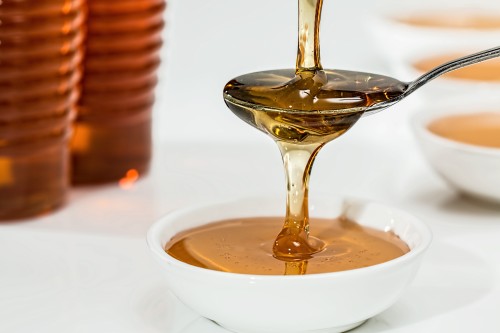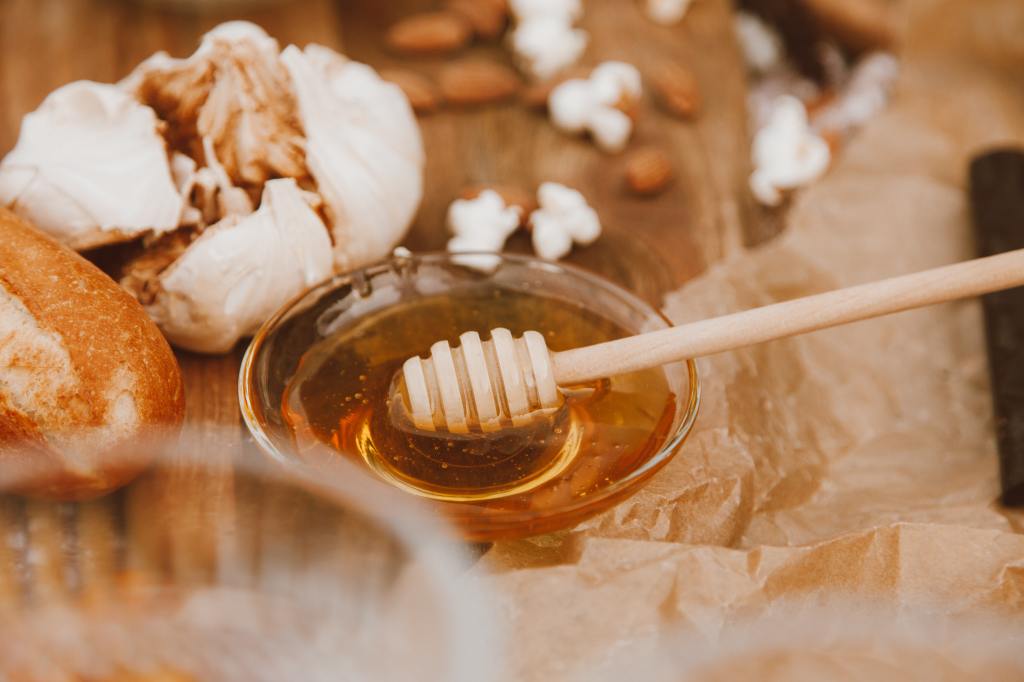Introduction:
In the world of honey varieties, each type possesses a unique personality, a distinct taste that reflects the flora from which the bees collect their nectar. Among these, lavender honey stands out as a true embodiment of elegance, offering a delicate symphony of flavor and aroma that captivates the senses. This article delves into the enchanting world of lavender honey, exploring its origins, characteristics, health benefits, and culinary uses.
Origins of Lavender Honey:
Lavender honey, as the name suggests, is derived from the nectar of lavender flowers (Lavandula spp.). Lavender, with its fragrant purple blooms, is a beloved herb known for its calming properties and its widespread use in aromatherapy and culinary arts. The honey produced by bees that forage on lavender blossoms carries the essence of this aromatic herb, resulting in a unique and highly sought-after product.
Characteristics of Lavender Honey:
- Color and Consistency:
Lavender honey typically exhibits a pale golden to light amber color, reminiscent of the soft hues found in lavender fields. Its texture is smooth and creamy, with a consistency that is neither too thick nor too runny. - Flavor Profile:
The hallmark of lavender honey lies in its distinct flavor profile. It boasts floral notes with a subtle hint of lavender, creating a harmonious blend that is both sweet and mildly herbal. The taste is often described as nuanced and sophisticated, making it a favorite among honey connoisseurs. - Aroma:
The aroma of lavender honey is a delightful fusion of the sweet scent of honey and the soothing fragrance of lavender. This aromatic quality adds an extra layer of sensory pleasure to the overall experience.
Health Benefits of Lavender Honey:
- Antioxidant Properties:
Lavender honey, like many other honey varieties, contains antioxidants that help combat oxidative stress in the body. These antioxidants contribute to overall health and well-being. - Antimicrobial and Antibacterial Qualities:
Honey, including lavender honey, has natural antimicrobial and antibacterial properties. It has been used traditionally to promote wound healing and soothe sore throats. - Calming Effects:
Lavender itself is known for its calming and relaxation-inducing properties. The inclusion of lavender honey in your diet may offer subtle soothing effects that contribute to stress relief.
Culinary Uses:
- Tea and Beverages:
Lavender honey makes a delightful addition to teas and herbal infusions. Its floral notes complement the beverage, providing a nuanced sweetness that enhances the overall drinking experience. - Desserts and Baking:
Incorporate lavender honey into your culinary creations, such as drizzling it over yogurt, pancakes, or desserts. Its unique flavor can elevate the taste profile of various sweet treats. - Cheese Pairing:
Lavender honey pairs exceptionally well with a variety of cheeses. The combination of sweet honey and savory cheese creates a harmonious balance that excites the taste buds.
Conclusion:
In the realm of honey, lavender honey stands out as a refined and aromatic treasure. Its unique flavor, derived from the enchanting lavender flower, makes it a sought-after delicacy for culinary enthusiasts and health-conscious individuals alike. Whether enjoyed on its own, in beverages, or as a versatile ingredient in cooking, lavender honey adds a touch of elegance to every culinary creation. Embrace the delicate charm of lavender honey and savor the symphony of flavors it brings to your palate.
We provide you a related video for this Post:
Related Post:
The Secrets of Buckwheat Honey
The Sweet Elegance of Acacia Honey
What is the benefits of honey?















